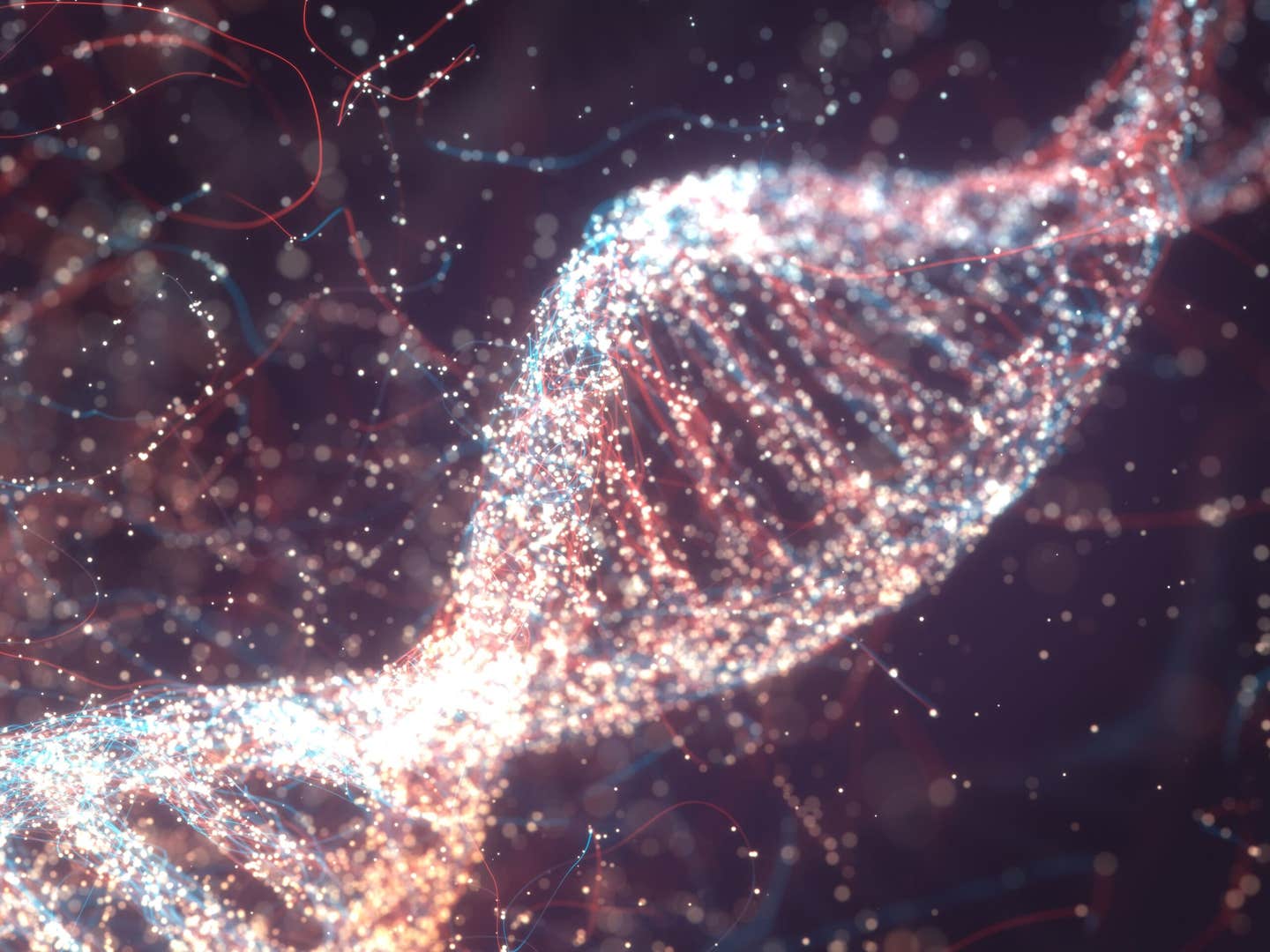Researchers find clues in the brain linking pain and food
A new study suggests that circuitry in the brain responsible for motivation and pleasure is impacted when someone experiences pain.

[Feb 13, 2022: Kelsie Smith Hayduk, University of Rochester Medical Center]
A new study suggests that circuitry in the brain responsible for motivation and pleasure is impacted when someone experiences pain. (CREDIT: Creative Commons)
It has long been known that there is an association between food and pain, as people with chronic pain often struggle with their weight. Researchers at the Del Monte Institute for Neuroscience may have found an explanation in a new study that suggests that circuitry in the brain responsible for motivation and pleasure is impacted when someone experiences pain.
“These findings may reveal new physiological mechanisms linking chronic pain to a change in someone’s eating behavior,” said Paul Geha, M.D., lead author on the study published in PLOS ONE. “And this change can lead to the development of obesity.”
Finding pleasure in food comes from how our brain responds to what we are eating. In this study researchers were looking at the brain’s response to sugar and fat. Using a gelatin dessert and pudding researchers altered the sugar, fat, and texture of the foods. They found that none of the patients experienced eating behavior changes with sugar, but they did with fat. Those with acute lower back pain who later recovered were most likely to lose pleasure in eating the pudding and show disrupted satiety signals – the communication from the digestive system to the brain – while those with acute lower back pain whose pain persisted at one year did not initially have the same change in their eating behavior. But chronic lower back pain patients did report that eventually foods high in fat and carbohydrates, like ice cream and cookies, became problematic for them over time and brain scans showed disrupted satiety signals.
“It is important to note, this change in food liking did not change their caloric intake,” said Geha, who first authored a previous study published in PAIN that recent research is building on. “These findings suggest obesity in patients with chronic pain may not be caused by lack of movement but maybe they change how they eat.”
Related Stories
Brain scans of the study participants revealed that the nucleus accumbens – a small area of the brain mostly known for its role in decision-making – may offer clues to who is at risk to experience a long-term change in eating behavior.
Researchers found the structure of this area of the brain was normal in of patients who initially experienced changes in their eating behavior but whose pain did not become chronic. However, patients whose eating behavior was normal, but whose pain became chronic had smaller nucleus accumbens. Interestingly, the nucleus accumbens predicted pleasure ratings only in chronic back pain patients and in patients who became chronic after an acute bout of back pain suggesting that this region becomes critical in motivated behavior of chronic pain patients.
Previous research by Geha, found a smaller nucleus accumbens can indicate if someone is at a greater risk of developing chronic pain.
Additional authors include Yezhe Lin, Ph.D., and Gelsina Stanley of the University of Rochester, Ivan de Araujo, Ph.D., of Icahn School of Medicine at Mount Sinai, and Dana Small, Ph.D., of Yale University. The research was funded by National Institute on Drugs Abuse.
For more science and technology news stories check out our New Discoveries section at The Brighter Side of News.
Note: Materials provided above by University of Rochester Medical Center. Content may be edited for style and length.
Like these kind of feel good stories? Get the Brighter Side of News' newsletter.
Tags: #New_Discoveries, #Brain, #Medical_News, #Pain, #Pleasure, #Food, #Science, #Physiology, #Research, #The_Brighter_Side_of_News
Joseph Shavit
Head Science News Writer | Communicating Innovation & Discovery
Based in Los Angeles, Joseph Shavit is an accomplished science journalist, head science news writer and co-founder at The Brighter Side of News, where he translates cutting-edge discoveries into compelling stories for a broad audience. With a strong background spanning science, business, product management, media leadership, and entrepreneurship, Joseph brings a unique perspective to science communication. His expertise allows him to uncover the intersection of technological advancements and market potential, shedding light on how groundbreaking research evolves into transformative products and industries.



